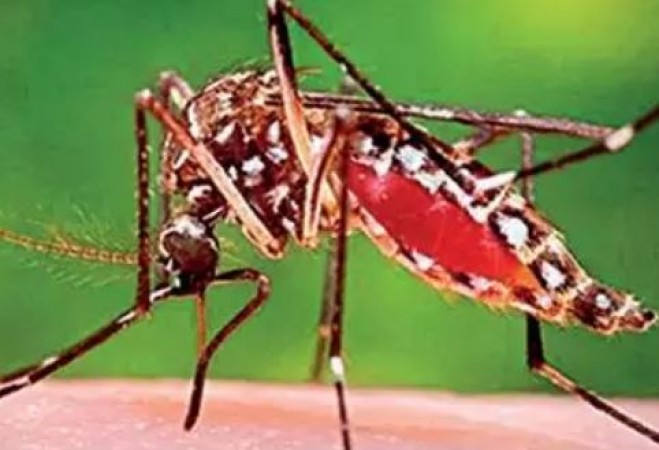Dengue fever, a mosquito-borne viral infection, has become a global health concern. To combat this disease effectively, it's crucial to understand the mosquito responsible for its transmission: the Aedes mosquito. In this article, we'll delve into the characteristics of the dengue mosquito and shed light on when it is most active in its quest to bite humans.
The Aedes Mosquito: A Tiny but Potent Threat
The Aedes mosquito, primarily the Aedes aegypti and Aedes albopictus species, serves as the primary vector for transmitting the dengue virus. To tackle this menace effectively, it's essential to familiarize ourselves with its characteristics:
Appearance and Size
- Small and Stealthy: Aedes mosquitoes are relatively small, measuring about 2 to 10 millimeters in length.
- Distinctive Markings: They often have black and white stripes on their body and legs, making them easily recognizable.
Behavior and Habitat
- Daytime Activity: Unlike many other mosquitoes that are active at night, Aedes mosquitoes are primarily active during the day.
- Urban Dwellers: They are well adapted to urban environments and can breed in small, stagnant water sources commonly found in cities.
When Does the Dengue Mosquito Bite the Most?
Understanding the feeding habits of the dengue mosquito is crucial in preventing dengue infections. Here's when these mosquitoes are most likely to bite:
Peak Feeding Times
- Early Morning and Late Afternoon: Aedes mosquitoes tend to be most active during the early morning hours, typically between dawn and a few hours after sunrise. They become active again during late afternoon, shortly before sunset.
Avoidance of Nighttime
- Limited Nighttime Activity: Unlike some other mosquito species, Aedes mosquitoes are not known for their nighttime feeding habits. They prefer the daytime for their blood meals.
Factors Influencing Feeding Behavior
Several factors can influence when Aedes mosquitoes are most active in seeking blood meals:
Temperature and Weather
- Temperature-Dependent Activity: Warmer temperatures encourage heightened mosquito activity, making them more active during hot and humid days.
Breeding and Reproduction
- Egg Laying and Feeding: Aedes mosquitoes are known to lay eggs during the day, which aligns with their daytime feeding habits.
Human Activity
- Human Proximity: Aedes mosquitoes are opportunistic feeders and are more likely to bite when humans are nearby.
Preventing Dengue: Mosquito Control Measures
To reduce the risk of dengue transmission, it's essential to employ effective mosquito control measures:
10. Eliminate Breeding Sites: Remove or treat any stagnant water sources where mosquitoes breed around your home.
11. Use Mosquito Nets: When sleeping during peak mosquito activity times, using mosquito nets can provide protection.
12. Wear Protective Clothing: Cover exposed skin with long-sleeved shirts and pants to reduce the risk of mosquito bites.
13. Apply Mosquito Repellent: Use mosquito repellents on exposed skin and clothing, especially during peak mosquito activity hours.
Understanding the dengue mosquito's characteristics and feeding habits is crucial for preventing the spread of dengue fever. Aedes mosquitoes are small, distinctive in appearance, and primarily active during the daytime. By taking proactive measures to avoid mosquito bites and eliminate breeding sites, we can reduce the risk of dengue infections.
Dalai Lama Advocates 'Middle Way' for Tibet Amid Devotee Gathering
Overseas Miners Eye Lithium Reserves in Upcoming Jammu and Kashmir Auction
New Volkswagen Tiguan revealed, know how much has changed compared to before
